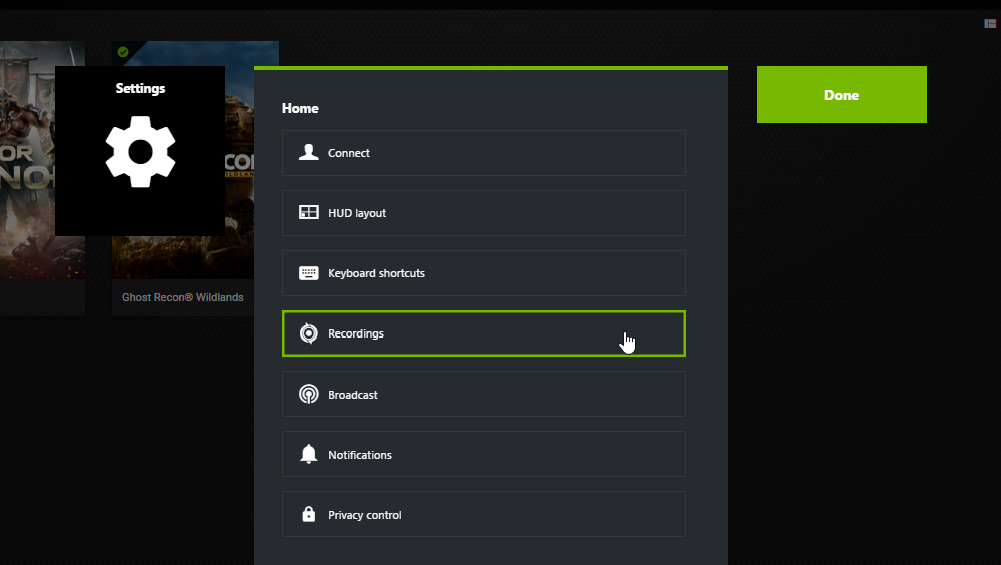


Overall, there aren’t any friction points here. In addition, launching applications through Google Now works as expected. In the hub, launching games and various applications like YouTube and Netflix is rather simple compared to the more cumbersome full Android UI as they have their own category in Shield Hub. The TV interface effectively boils down to Shield Hub and Google Now, although it’s fully possible to use the full tablet UI as desired in this mode. Finally, there’s the aspect of GameStream and GRID, which make it possible for games to be played on the tablet that otherwise wouldn’t work due to the compute requirements. The first is the TV interface/console mode, then the gameplay recording feature known as ShadowPlay. NVIDIA has gone all out on this area, and their efforts are split up into multiple aspects. Of course, the real question here is whether the gaming side is worth the price premium. Unfortunately the issue here is more of ecosystem than hardware, as most stylus-enabled applications aren’t nearly as robust as OneNote on Windows x86. For the most part though, it works well enough, and the inking latency is low. In addition, I noticed that I need to lift the stylus a bit more than I might with pencil and paper in order to start a new letter or word or else my words would start to flow together. Because the stylus is capacitive, it’s not really possible to have a floating pointer the way Wacom styluses do. For the most part, there are only small issues here. The tip allows for precise control and it’s definitely responsive to changes in pressure. DirectStylus 2 is definitely much, much better than any other capacitive stylus on the market. The real value that the Shield tablet brings as a tablet is the stylus functionality. There are still frame drops involved in scrolling through lists and similar areas where Android has traditionally struggled to stay smooth, but Android L should fix this issue for the most part. Of course, this is when compared to other Android devices. In normal tablet usage, it works as one might expect, with no real perceived lag throughout the UI.

Because this tablet works in both portrait and landscape, there aren’t any issues with applications that force portrait mode like there were with the Shield portable. In this respect, things have improved massively over Shield portable. Of course, there are plenty of NVIDIA-specific applications, but I didn’t run into any issues using the tablet to do everyday tasks. Much like Motorola, NVIDIA has stuck to using the AOSP UI design. In the UI department, there’s not too much to talk about.


 0 kommentar(er)
0 kommentar(er)
